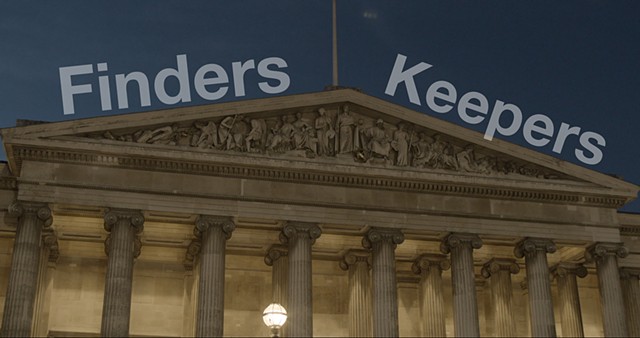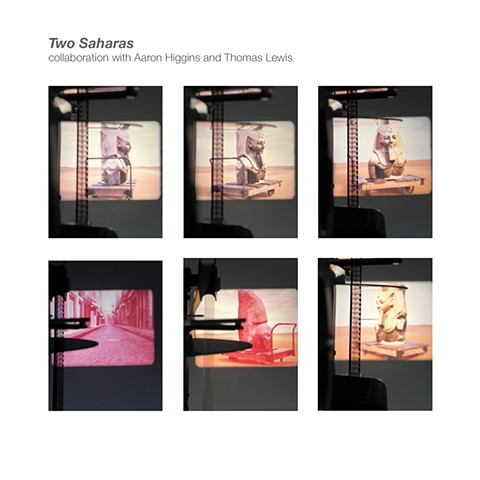Finders Keepers
Finders Keepers
The movement of objects has been a prominent feature in Artur Silva’s research-based art, particularly as it relates to colonial dynamics and the circulation of people, plants, and cultural artifacts. Whether tracing the presence of lemons in Europe back to the commerce of the Roman empire in China, or the invasive presence of the rubber tree in Southeast Asia to the first documented biopiracy of the British Empire, Silva’s work encounters opportunities to reflect upon the flux of imperial transactions and their mutations over the time.
Finders Keepers poses similar questions about the trajectory of objects in museum collections. The starting point of this exhibit is the 1822 portrait of Giovanni Belzoni attributed to Horace Vernet. Belzoni, a circus man turned archeologist, was tasked by the British General Council in Egypt, Henry Salt, to transport some of the objects the French failed to move, particularly the statue of Ramses II, now one of the cornerstones of the British Museum Egyptian collection. Belzoni’s smash and grab was authorized by Mohammed Ali, the Pasha (governor) of Egypt, at the time when Egypt was controlled by the Ottoman Empire. The right to memory of the Egyptian people was determined from one empire to the next.
Artur Silva, who lives between Rio de Janeiro, Brazil and the United States finds in his own neighborhood the linguistic conceptual underpinnings of this exhibit: In Rio, he lives on the edge of the Sahara, the largest open mall in the world with over 1200 stores assembled together by Lebanese and Syrian immigrants over 100 years ago. As a tribute to the dozens of anonymous workers who actually carried Ramses II through the Sahara desert to the Nile River, he turns his camera to the countless nameless carriers and their trolleys transporting capital in merchandise form. Silva aggregates the candid portraits of the carriers with retail products they transport creating an interplay between photography and material culture as documentation of a place. Transporters and transportees, signifiers and signified, all in one frame.
Belzoni’s wreckless methodologies are believed to be the inspiration for the fictional character Indiana Jones. He stepped on mummies, graffitied his name inside of the Pyramid of King Khafre at Giza, and engaged in fist fights with the workers. Although never directly associated with the British Museum, through Henry Salt, Belzoni sold the Ramses II statue for £2,000 (approximately £238,371.80 in 2023). It took the British Museum 5 years to agree to that price. The statue remains on display ever since.















